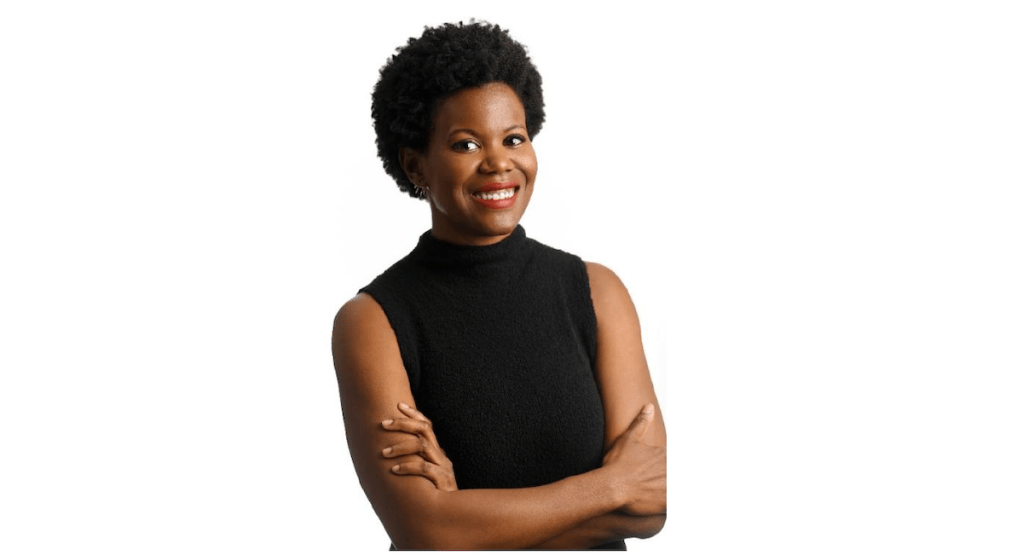- Challenging the notion of “fusion” cuisine, Ifrah F. Ahmed writes in Eater about her family’s forced migration and the role of the diaspora in reimagining and shaping Somali food:
Our brothers and sisters in Somalia — those who never left — did not have the exact same experience of migration. Their experiences were also often difficult but of a different variety. Many stayed through the war, were born into the war, or came to exist after the war. They were free to experiment with culture. Somali cuisine in Somalia was allowed to shift and expand and bloom, because there was no anchor weighing anyone to the classic or traditional forms. There was nothing to prove to anyone, nothing to cling to for fear of losing their identity. They were already home.
No wonder, then, that it’s mostly in the diaspora where cuisine could be considered “classic.” This adherence to “classic” forms of culture and cuisine is a bridge connecting those in the diaspora to their homelands, a thread sewing the lost to what they left behind. It can also sometimes become a crutch.
- After years of uncertainty, scientists finally pinpointed why black spots began sprouting across pages appended during restoration to Leonardo da Vinci’s Codex Atlanticus, a massive series of tomes filled with the artist’s sketches. Beckey Ferreira reports for Vice:
Fortunately, these dark stains have only been observed on “passepartout” paper that was attached to the Codex during 20th century restoration efforts; the original folios that da Vinci scribbled on have not been stained. Still, the origin of the marks remained a mystery for more than a decade, leaving scholars baffled.
Now, scientists from the Polytechnic University of Milan (POLIMI) think they may have finally cracked the case after analyzing a single page of the Codex, known as Folio 843, with sophisticated and non-invasive techniques. This approach revealed that the stained sections are contaminated with metacinnabar, a compound containing mercury and sulfide that may be linked to glue used in past restoration efforts, along with ambient air pollution.
Molly Donovan, the National Gallery’s curator of contemporary art, likened working with her to being “this lucky student in a pro seminar being taught by the pre-eminent voice on the subject. Jaune has a generous pedagogy; she freely shares her knowledge.”
Smith’s early solo gallery shows were in Santa Fe, then New York. She’s continued to exhibit regularly throughout her career, but has nonetheless felt relegated to the periphery: seen and heard but not always fully understood, her work written about but rarely in real depth.
“We’re marginalized,” she said, “and actually, there’s a certain comfort level in that. You don’t have to worry about bad PR, because nobody writes about it — nobody looks at it. So you can do whatever you want.”
- LA’s famed Last Bookstore has started hosting slumber parties — think Night at the Museum with an indie bookseller twist, sans animated dino skeletons. Julia Carmel recounts her experience there in a dispatch for the LA Times, noting that, as one might expect, “things got spooky”:
I arrived just after 8 p.m. with my partner, an air mattress, a pile of blankets and pillows, and a bag with Trader Joe’s wine in tow. The others had already arrived, and Powell was ready to kick off a casual tour.
“Self-help, memoirs, science, math, philosophy, poetry, writing,” he rattled off as we wove through the bookshelves.
“I’m going to pop an edible, read all the self-help books and leave here a new person,” my partner joked.
Soon enough, Powell was recalling the spookiest things he’d seen in his years at the store. He described coworkers who’d heard or glimpsed figures moving around the corners, and instances where people watched books fly off shelves for seemingly no reason.
“That corner is where books fall off sometimes, in sci-fi, for some reason,” he said.
As we passed the portal, a hidden nook where my partner and I had signed up to sleep, we realized it was both secluded in the back corner of the store with books on U.S. history and located closest to the “haunted” shelves that books fall off of. We quickly decided we wouldn’t be sleeping there.
- Aaron Marion’s review of Ben Smith’s new book (Traffic: Genius, Rivalry, and Delusion in the Billion-Dollar Race to Go Viral) about online media is in the New Republic and boy is it a great read (while it gets a little personal at parts, the kicker is gold). Here’s a taste, as Marion points out Smith’s new project sounds like he hasn’t learned anything:
Semafor launched last year with the promise that it would bring readers “an unparalleled level of journalistic transparency through innovative new forms.” The fruit of this promise is subheadings: Each Semafor story (or “Semaform”) usually includes a label for the discrete sections devoted to news, the reporter’s viewpoint, and contrasting perspectives. Within the 16 or so months of its life to date, the new media company has accepted $25 million in funding, struck several big advertising deals, and reported live from the World Economic Forum’s annual meeting in Davos, Switzerland. Having witnessed—and chronicled—how venture capital, social media, and digital advertising have distorted and cannibalized journalism over the past two decades, Smith now hopes that angel investors and ad sales will help his social media–savvy online news service restore trust in the very institution these forces have deformed. The media can rehabilitate its image in the eyes of a suspicious public by deepening its ties to the elites. (One can already picture the swing voters of suburban Phoenix racing to their devices to check the next Semaform from Davos.)
- Oh, Mike Lindell. The pillow guy has become a fixture of right-wing US media, but now he’s facing a $5 million bill, as someone took him up on his offer to prove the material he was showing at his “cyber symposium” was not from the 2020 election. A computer forensics expert and 63-year-old Trump voter from Nevada, Robert Zeidman, did just that, according to a report from the Washington Post. Chris Dehghanpoor, Emma Brown, and Jon Swaine write:
During frequent media appearances, he had advertised his three-day symposium as the event where he would finally provide data proving his claims. And he issued his high-stakes challenge.
“There’s a $5 million prize for anybody that can prove the election data that I have from the 2020 election was false, is not from the 2020 election,” Lindell said on the conservative show “The Glazov Gang,”which streams online.
The data he planned to reveal, he said, were “packet captures” that would demonstrate Chinese government interference. Packet captures, or “pcaps,” are a specific file format that is an industry standard for archiving internet traffic.
“They were captured in real time and preserved. They cannot be altered. … They’re 100 percent evidence,” Lindell said on the show. “So it will show an intrusion. This was an attack from China.”
- Rebecca Brenner pens a moving essay in Time about supporting, empowering, and loving her trans child in spite and light of attacks on trans children’s right to gender-affirming healthcare in Utah:
Almost three years ago, he shared that “sometimes I feel like a girl, but sometimes I also feel like a boy” and soon after, asked if we would use he/him pronouns. It has always felt like a celebration to us—his father Allan, his sister B, and me—that E knows who he is and felt safe enough to share. However, I have been very careful not to share any anti-LGBTQIA+ narratives with him.
I haven’t told my beautiful, wildly funny, and intelligent child about the politicians fighting to take away his rights. How the new law bans hormone therapy for minors, prohibits trans youth from changing their name and gender on their birth certificates, and restricts schools from changing names and gender on permanent records without parental consent. How this law will make it harder, if not impossible, for many families like us to navigate the health care system, school, and most other systems and institutions in our state. Or what it ultimately does—deny E and all trans nonbinary youth the reality of being truly themselves.
- Journalist Sonia Paul delves into why casteism is particularly rampant (yet rarely discussed) in Silicon Valley’s tech industry in a podcast episode for BBC. It’s worth a careful listen, and illuminates many of the systems that keep casteism alive and well in the South Asian diaspora.
- The film industry’s classic “dead wife” montage taken to task:
- Civil rights lawyer Alec Karakatsanis has a lot to say about Harvard University’s decision to rename its faculty of arts and sciences after a billionaire with questionable business practices:
Required Reading is published every Thursday afternoon, and it is comprised of a short list of art-related links to long-form articles, videos, blog posts, or photo essays worth a second look.



